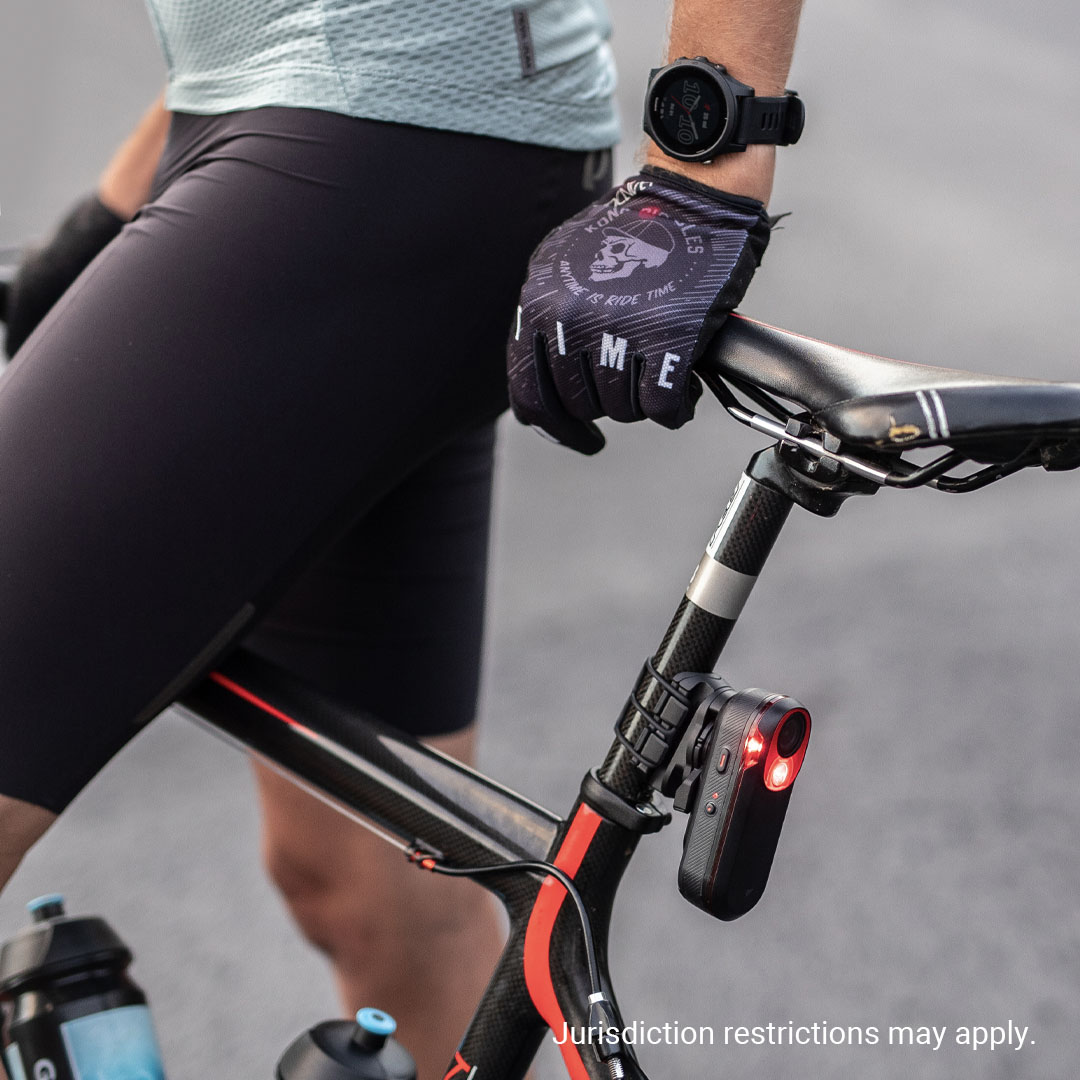
5 Ways to Stay Safe While Cycling
Not only is cycling a great way to burn calories, it’s also an enjoyable way to pass the time. Whether you’re biking from point A to point B or you have no goal in mind other than to take in some fresh air, it’s a pastime that can be enjoyed by anyone at any skill level. A bike ride gets a lot less enjoyable, though, when there’s an accident involved — especially one involving a vehicle. Even if you escape with just a few scrapes, a bike crash can quickly ruin an otherwise beautiful day. Luckily, there are steps you can take to avoid this scenario. Follow the below tips to increase your chances of a safe ride.
- Wear a helmet.
This can’t possibly be the first time you’ve heard this, and it won’t be the last: It’s wise to wear your helmet when riding a bicycle. We know that this is actually a debated topic, and we also know that slapping a helmet on isn’t the end-all, be-all when it comes to cycling safety — cities need to do their part with building bike-safe infrastructure, and drivers need to be paying attention as well. But studies continually show that simply wearing a helmet reduces your risk of head and brain injury by as much as 63-88%, depending on which study you’re reading. Those stats are hard to argue with.
- Make sure other people can see you.
It’s always a good idea to wear reflective clothing when you ride, but thanks to the latest advancements in technology, you can take your visibility game to a whole new level. The Garmin Varia™ RCT715and Varia RTL515 radar tail lights can be seen up to a mile away, and the Varia™ UT800 Smart Headlight projects a steady blast of 800 lumens to be sure drivers coming from the other direction can see you as well. Accidents happen when people are caught unaware, so the more time others have to see you coming, the more likely it is that everyone makes it home safely.
- Make sure you can see other people.
The Varia RCT715 rearview radar doesn’t just activate your tail light when it senses oncoming cars — it sends visual and audible notifications to your Edge cycling computer or compatible smartphone to give you a heads up that a car is approaching as well. While we hope most drivers are patient with cyclists, this isn’t always the case. The notifications give you the opportunity to judge their position and speed to determine if you need to pull over and give them a little more room to pass. The Varia RCT715 also features a built-in camera that will continuously record the surroundings behind you and, in the event of an incident, record and save video footage from before, during and after the event.
- Stay connected in case of emergency.
- Garmin Edge cycling computers provide incident detection features that alert loved ones if you’ve had an accident and need help. When your GPS-enabled Edge device detects an incident, the Garmin Connect Mobile app can send an automated text message1 and email with your name and location to preloaded emergency contacts. You’ll receive a message on your Edge device and paired smartphone letting you know your contacts will be notified within 30 seconds, giving you plenty of time to cancel the automated emergency message if you don’t need help.Follow the rules of the road.
Traffic laws are put in place to keep people as safe as possible on the road, and they apply to cyclists as well. It’s critical that you obey all traffic signs and signals, and be sure to use hand signals if you are changing lanes, turning, etc., so that others know what move you’re planning to make. Use bike lanes when available, and remember that the best offense is a good defense — staying out of a vehicle’s way if and when possible makes it less likely that they’ll run into you.
By following these four simple steps, you’re well on your way to becoming a responsible cyclist. Ready to hit the road? Be sure to outfit your bike with the latest Garmin technology to exponentially increase your chances of a smooth ride.
1Your paired smartphone must be equipped with a data plan and be in an area of network coverage where data is available. Your emergency contacts must be able to receive text messages (standard text messaging rates may apply).




